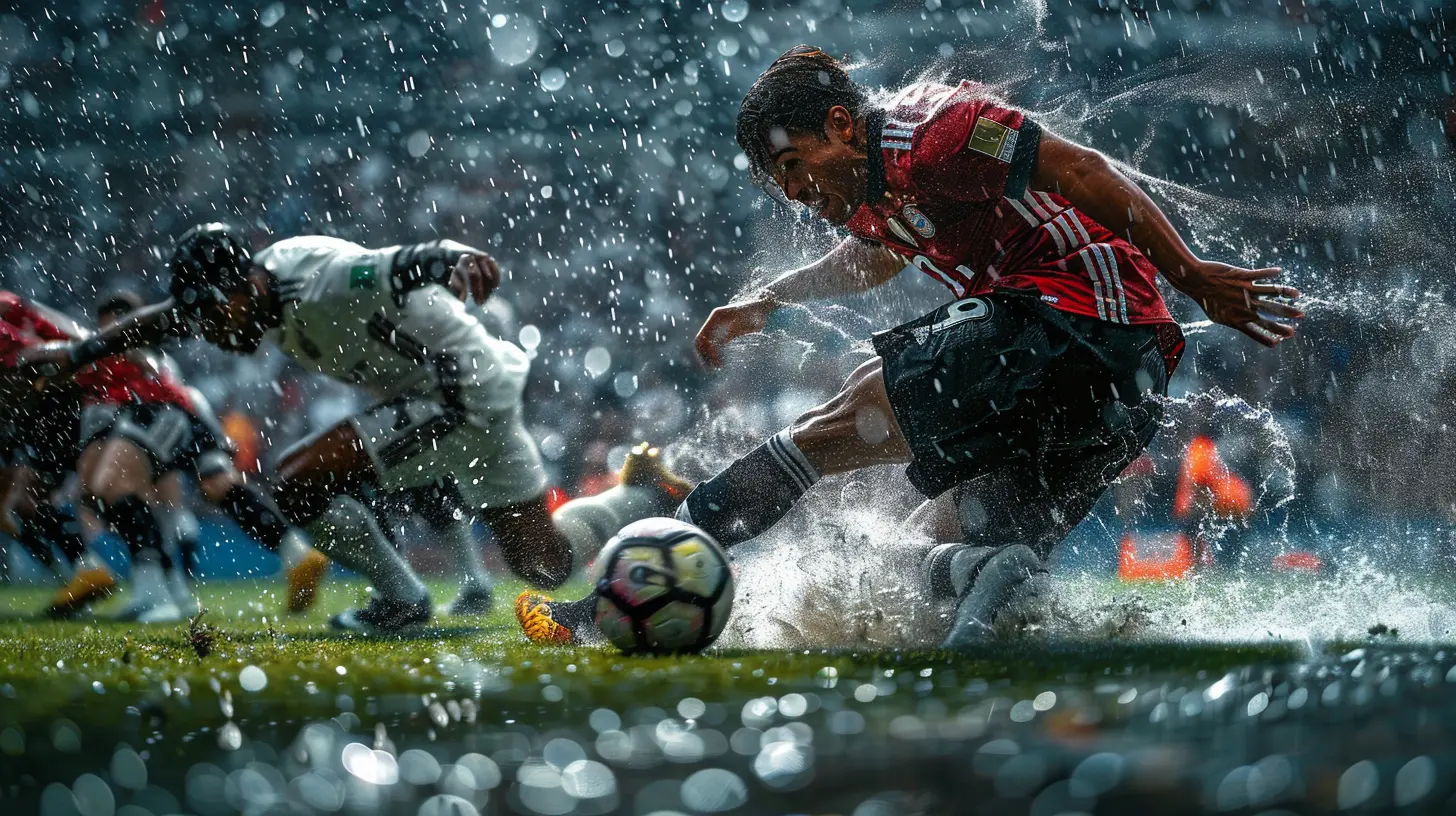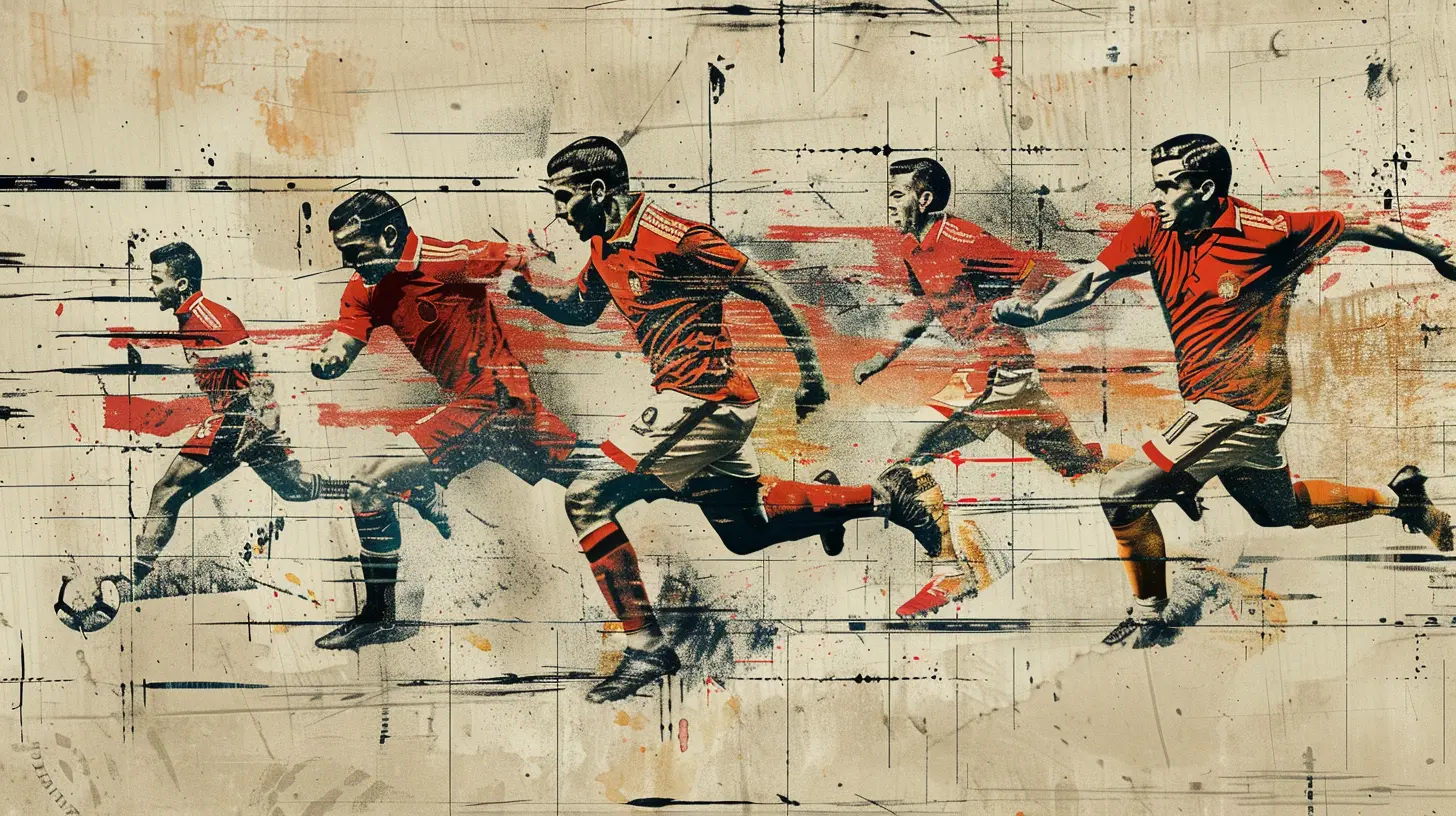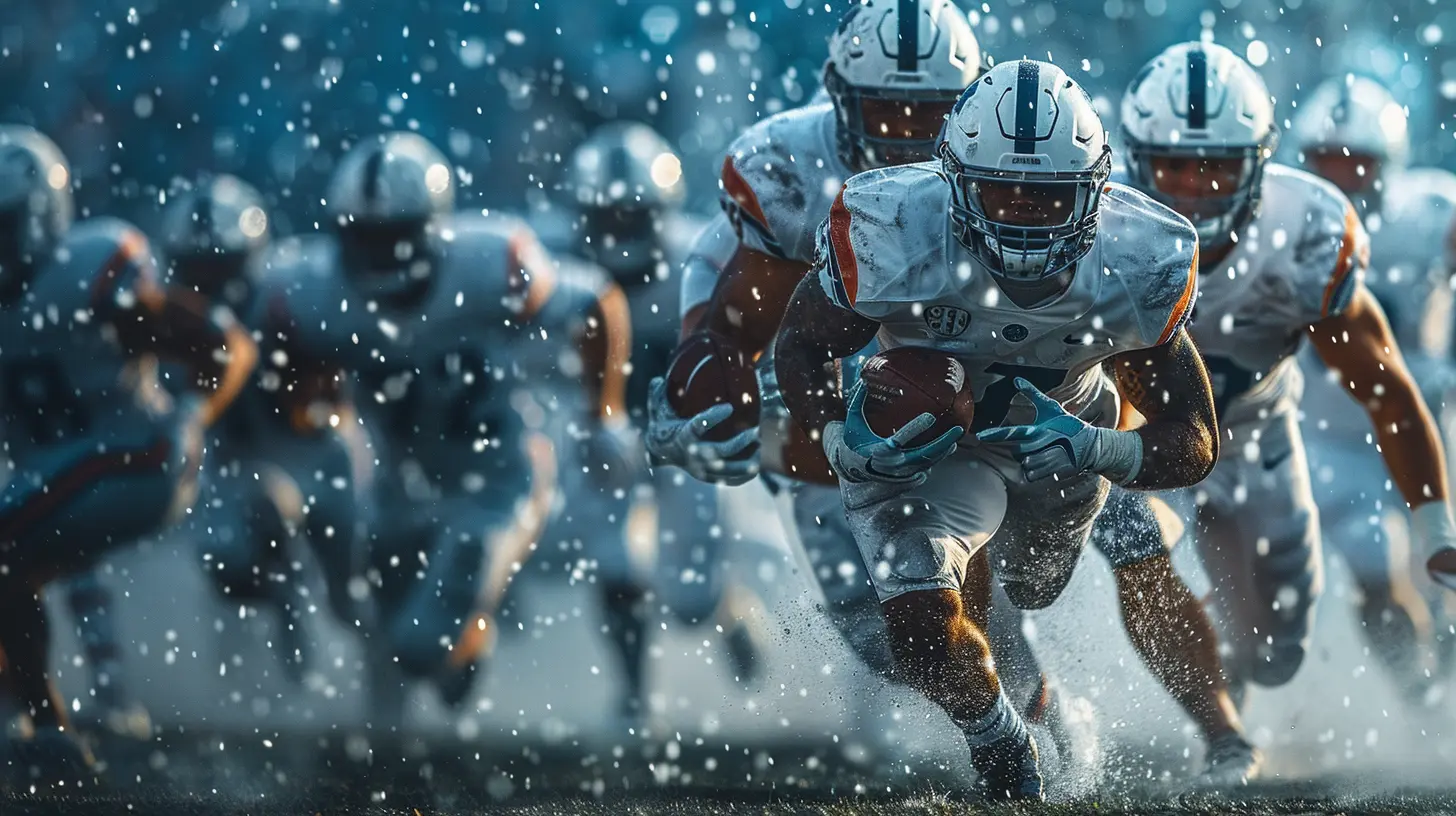The Evolution of the False 9 in Football
8 July 2025
In football, tactics evolve constantly. What worked a decade ago might be outdated today. But among all tactical innovations, the False 9 stands out as one of the most game-changing roles in modern football. It shook up traditional formations, confused defenders, and unlocked attacking potential like never before. If you've ever watched a striker seemingly disappear into midfield only to pop up in space and create havoc—yep, that’s the False 9 at work.
This article breaks down the evolution of the False 9, from its humble beginnings to dominating some of the most successful teams in history. Strap in, because this isn't just about a position on the pitch—it's about how football itself has been reshaped by one single tactical twist.
What Exactly Is a False 9?
Let’s clear the air first. A False 9 isn’t really a striker. At least, not in the usual sense. Traditionally, the No. 9 is the big, bustling center-forward—the guy who leads the line, bullies defenders, and scores goals for fun. Think Alan Shearer, Didier Drogba, or Robert Lewandowski.The False 9, on the other hand, messes with this formula. Instead of staying high up the pitch, a False 9 drops deep into midfield. Sounds weird, right? Why would your main striker abandon the goal to lurk in the middle of the park?
Here's why: when the False 9 drops, defenders are caught in two minds—do they follow him and leave space behind? Or do they hold their line and allow him space to operate in midfield? That hesitation is golden.
The Origins: It Didn’t Start with Messi
Most people associate the False 9 with Lionel Messi—and for good reason. But the roots go much deeper.The Early Innovators
The concept of a deep-lying forward goes back decades. Nándor Hidegkuti, anyone? If you’re scratching your head, don't worry—he played for Hungary in the 1950s. He’s probably the first proper False 9 to mess with defensive systems. His role was key in Hungary's 6-3 demolition of England at Wembley in 1953.Hidegkuti would drop into midfield, dragging English defenders with him and creating oceans of space for Puskás and Kocsis to exploit. Back then, it was revolutionary. Nobody had seen anything like it.
Johan Cruyff and Total Football
Fast forward to the 1970s, and the False 9 took on a more fluid form with Johan Cruyff and Total Football at Ajax and the Netherlands national team. In Cruyff’s version, positions were mere suggestions. The striker could be a midfielder, the winger a full-back. Chaos, but calculated chaos.Cruyff himself often played the roaming forward, constantly on the move, pulling defenders apart like thread from a sweater.
Pep Guardiola’s Barcelona: The Modern Blueprint
Now let’s talk about the real game-changer—Pep Guardiola's Barcelona from 2008 to 2012.Messi the False 9
In 2009, in a match against Real Madrid, Guardiola made a bold move. He benched his traditional striker and played Lionel Messi, a natural winger or attacking midfielder, as a False 9. The result? A tactical masterclass.Messi didn’t just drop into midfield; he destroyed its structure. He combined the creativity of a No. 10 with the finishing instincts of a striker. Defenders had no clue how to deal with him. Suddenly, players like Thierry Henry and Samuel Eto’o were making diagonal runs from wide areas into central positions—areas vacated by Messi’s movement.
It was like Guardiola had invented a cheat code.
Why It Worked
Let’s break this down:- Overloads in Midfield: By Messi dropping deep, Barcelona had a 4 vs 3 or even 5 vs 3 advantage in midfield.
- Fluid Front Three: Wingers became strikers, and the striker became a midfielder. Pure unpredictability.
- Passing Triangles: It allowed Barca to keep possession and find pockets of space.
Everything clicked. And suddenly, everyone wanted a False 9.
The Tactical Ripple Effect
After Messi’s masterclass, you started seeing False 9s pop up everywhere. Coaches from the Premier League to Serie A were experimenting with the role. But not everyone had a Messi, and that’s where things got messy (pun fully intended).Spain’s Tiki-Taka Dominance
Spain took the False 9 to another level at Euro 2012. Coach Vicente del Bosque, blessed with midfielders like Xavi, Iniesta, and Silva, made a controversial decision—he dropped the striker. Yup, no number 9. Cesc Fàbregas led the line as a False 9.People laughed at first. But four goals in the final against Italy silenced the critics. Spain dominated possession so effectively that they didn’t even need a striker. Just control. Pure, smothering control.
The Premier League's Experimentation
In England, coaches began tinkering. Roberto Firmino at Liverpool under Jürgen Klopp is a great modern-day False 9. He doesn’t score a ton, but his work off the ball, pressing, dropping deep, linking play—it all opens up space for Salah and Mané to shine.Francesco Totti, years before that with Roma, also dabbled in the role under Luciano Spalletti. It's funny how these tactical ideas often originate far before they become trendy.
Strengths and Weaknesses of the False 9
Let’s keep it real. The False 9 isn’t a magic trick that works everywhere. It comes with pros and cons.Why Coaches Love It
- Space Creation: Pulls defenders out of position.- Midfield Dominance: Extra man in the middle means more control.
- Fluidity: Front players rotate and move, making marking a nightmare.
- Pressing Triggers: A False 9 often initiates the press.
When It Falls Flat
- Requires High Football IQ: The role needs exceptional movement, awareness, and passing.- Ineffective Against Deep Blocks: If the opposition sits deep, there’s no space to exploit behind the defense.
- Lack of Physicality: In games where you need a traditional target man, a False 9 just won’t cut it.
The False 9 In Today’s Game
So, is the False 9 still alive and kicking in 2024? You bet.Modern Interpretations
- Harry Kane: Though technically a striker, Kane often drops deep to link up play. He’s a hybrid—a blend of False 9 and traditional 9.- Kai Havertz: Frequently used as a False 9 both at Chelsea and Germany.
- Phil Foden: In certain Manchester City setups, Foden has flirted with the False 9 role.
Guardiola Again
Pep doesn’t let trends die. Even now at Manchester City, he uses midfielders like Bernardo Silva or Kevin De Bruyne in positions that blur the line between striker and midfielder. The False 9 has become part of a bigger concept—positional play.Will the False 9 Survive the Future?
Absolutely—but it’ll evolve.Football is cyclical. As defending gets smarter, the False 9 will adapt. We’re already seeing hybrid roles—players combining striker instincts with playmaker duties. Call it False 9.5, if you will.
Technology and data analytics play a role too. Coaches can now see exactly where space opens up and position players accordingly. The tactical edge keeps sharpening.
Conclusion
The False 9 isn't just a tactical quirk—it’s a symbol of how flexible and creative football has become. It's a role that demands intelligence, movement, and understanding—not just brute force and poacher’s instincts.From Hidegkuti to Messi, and now to hybrid forwards like Kane and Havertz, this role has grown, evolved, and adapted. It’s not a trend—it’s a chapter in the tactical book of football history. And that book is far from finished.
So next time you see a striker mysteriously drifting into midfield, don’t yell at the TV. Know that you’re witnessing a tactical revolution—one that might just unlock the next layer of football’s ever-changing puzzle.
all images in this post were generated using AI tools
Category:
TacticsAuthor:

Nelson Bryant
Discussion
rate this article
1 comments
Elizabeth Taylor
From trend to tactic, the false 9 reshapes attacking play—defenses beware, innovation is relentless!
July 24, 2025 at 3:58 AM

Nelson Bryant
Thank you! The false 9 truly challenges traditional defenses and keeps the game evolving. Exciting times ahead!


